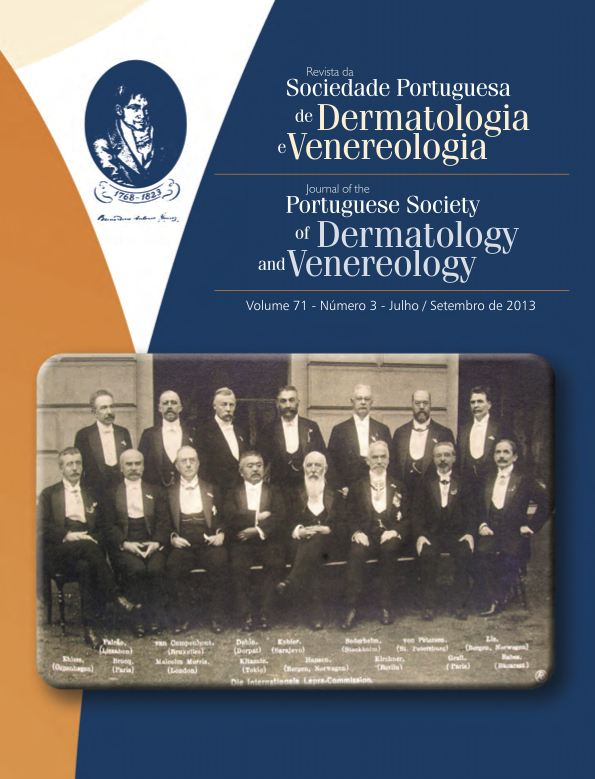EXTENSIVE PYODERMA GANGRENOSUM IN A PATIENT NONADHERENT TO THE TREATMENT
Abstract
Background and Objectives: Despite the thermal injury in severe burn be acute and the pyoderma gangrenosum be an immune-mediated disease, many aspects are common in these two groups of patients. The authors argue that the rules used in the percentage determination of the skin involved in major burn are also used in extensive pyoderma gangrenosum cases. As well as a clinical support routine - used in the burned - but not always in patients with pyoderma gangrenosum.
Case report: Male patient with extensive pyoderma gangrenosum clinical presentation, non-adherent to the treatment, presented ulcerated and vegetating lesions and cribiform scars. After clinical improvement, not returned in the medical appointment.
Conclusions: In severe and extensive pyoderma gangrenosum cases, in which the percentage of cutaneous involvement exceeds 20% of the body surface, the approach of pyoderma gangrenosum should be similar to a major burn, with periodicals clinical examination and assessment of body hydration.
Downloads
All articles in this journal are Open Access under the Creative Commons Attribution-NonCommercial 4.0 International License (CC BY-NC 4.0).








